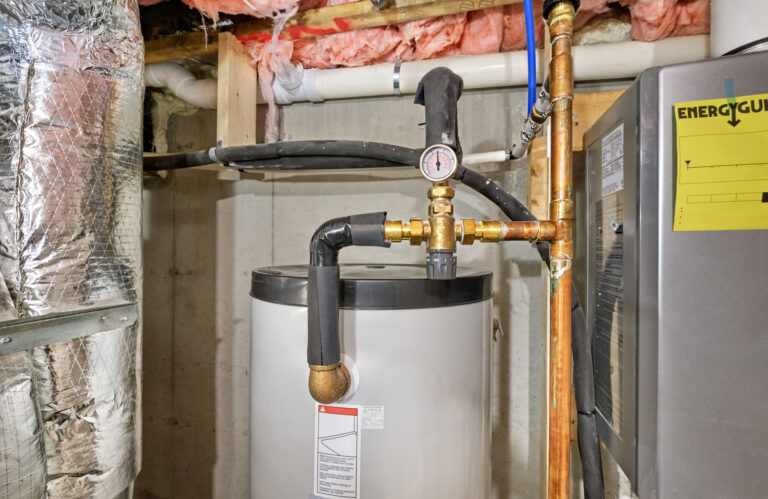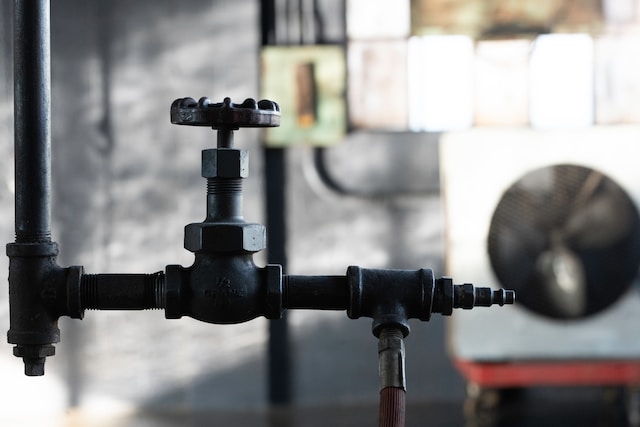


A relaxing soak in the bathtub is a luxury many of us cherish, but the tranquility can quickly be disrupted if leaks start to appear. Bathtub leaks not only lead to water wastage but can also result in costly repairs if left unattended. Fortunately, with regular maintenance, you can prevent leaks and avoid the need for a plumber. In this blog post, we'll explore essential bathtub maintenance tips to help you keep your bathing oasis in top condition.
One of the common culprits for bathtub leaks is deteriorating grout. Over time, grout can crack or wear away, allowing water to seep into the surrounding areas. Regularly inspect the grout lines between tiles and reseal them as needed. Use a high-quality silicone caulk to seal any gaps or cracks, ensuring a watertight barrier that protects against leaks.timeframe, it might be time to consider a replacement, even if it's still functioning.
Faucets are another potential source of leaks. Regularly check for any visible signs of water around the faucet area. If you notice dripping or pooling water, it may indicate loose connections. Use a wrench to tighten any loose nuts or bolts, securing the faucet and preventing water from escaping and causing damage.
Clogged drains can lead to water pooling in the bathtub, increasing the risk of leaks. Implement a routine drain cleaning schedule to remove hair, soap scum, and other debris. Consider using a drain snake or eco-friendly drain cleaner to keep the pipes clear and ensure proper water drainage, reducing the chances of leaks.
Caulk and sealant around the edges of the bathtub are crucial for preventing water from infiltrating the walls and flooring. Inspect these areas regularly for signs of wear, mold, or mildew. If you notice any issues, remove the old caulk, clean the surfaces thoroughly, and apply a fresh layer of waterproof caulk. This simple task can go a long way in maintaining a watertight seal.
Cracks in the bathtub itself can be a serious concern, as they provide an easy entry point for water. Regularly inspect the surface of the bathtub for any visible cracks. If you discover any, address them promptly by using a bathtub repair kit or consulting a professional for more extensive repairs. Taking swift action can prevent water from seeping into the structure and causing further damage.
While keeping your bathtub clean is essential, using harsh chemicals can damage the surfaces and seals over time. Opt for mild, non-abrasive cleaners to prevent premature deterioration of caulks and seals. Additionally, avoid abrasive scrubbing tools that can scratch the bathtub surface, compromising its integrity.
High water pressure can put undue stress on plumbing fixtures, potentially leading to leaks. Install a pressure regulator if your water pressure is consistently high. This simple device can help protect your bathtub and other plumbing components from unnecessary wear and tear, reducing the risk of leaks.
Regular bathtub maintenance is a proactive approach to preventing leaks and avoiding the need for a plumber's assistance. By incorporating these simple tips into your routine, you can enjoy a leak-free bathing experience and save on potential repair costs. Remember, a little care goes a long way in preserving the integrity of your bathtub and ensuring it remains a haven of relaxation for years to come.

In the heart of every home, the hot water tank silently performs its duty, providing a steady supply of warm water for daily needs. Over time, however, these trusty appliances can show signs of wear and tear, signaling the need for a replacement. In this post, we'll guide you through how to recognize when your…

As Victoria, BC, experiences an unexpected cold snap with temperatures plummeting to -10 degrees Celsius, homeowners need to take extra precautions to prevent their pipes from freezing. Frozen pipes can lead to costly damages and inconvenient disruptions to your daily life. In this blog post, we'll provide essential tips to help residents safeguard their plumbing…